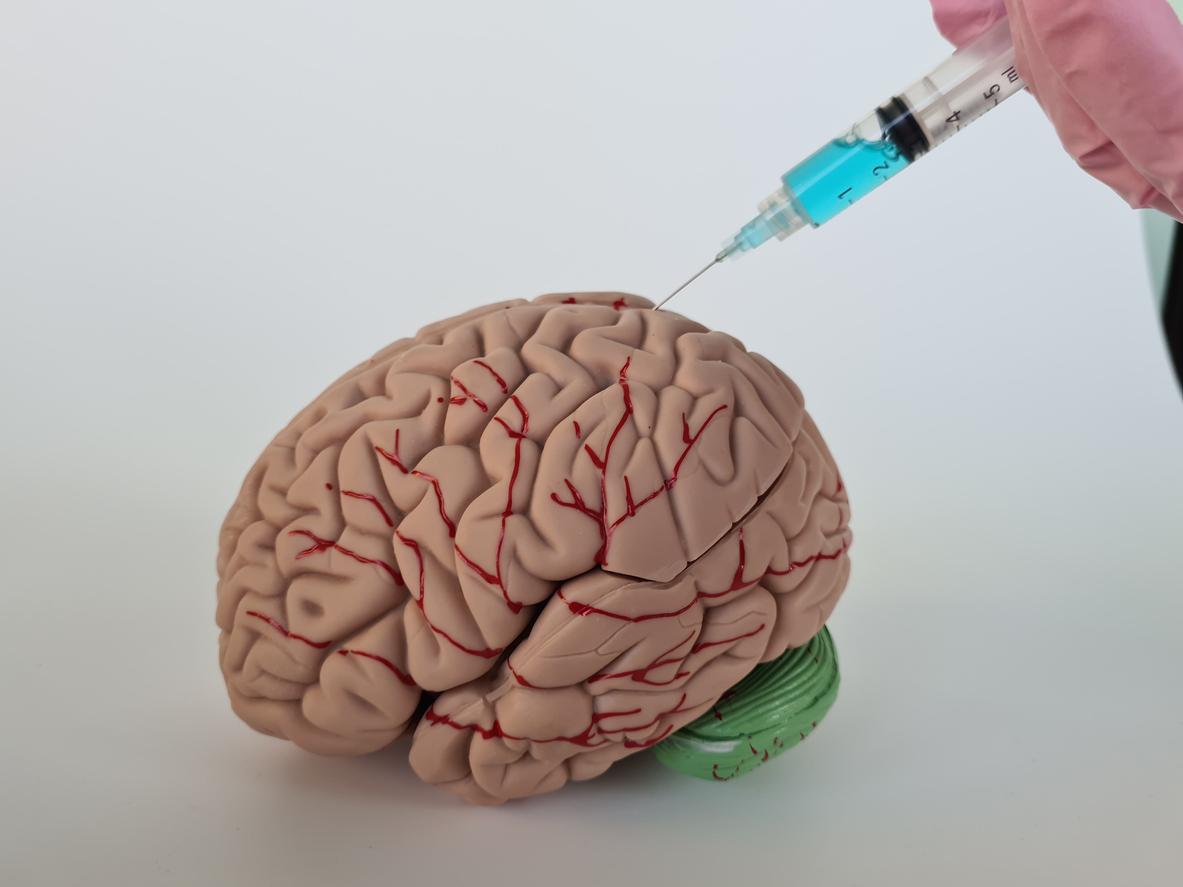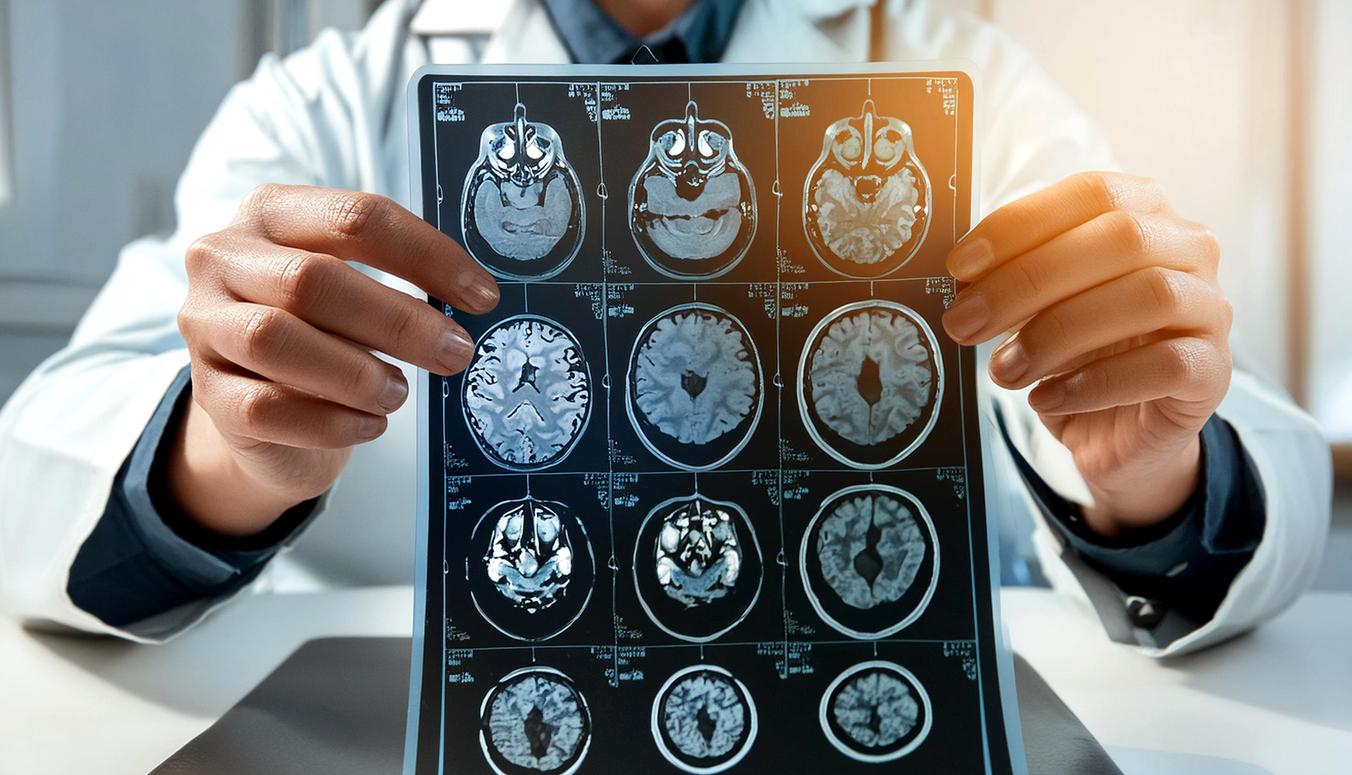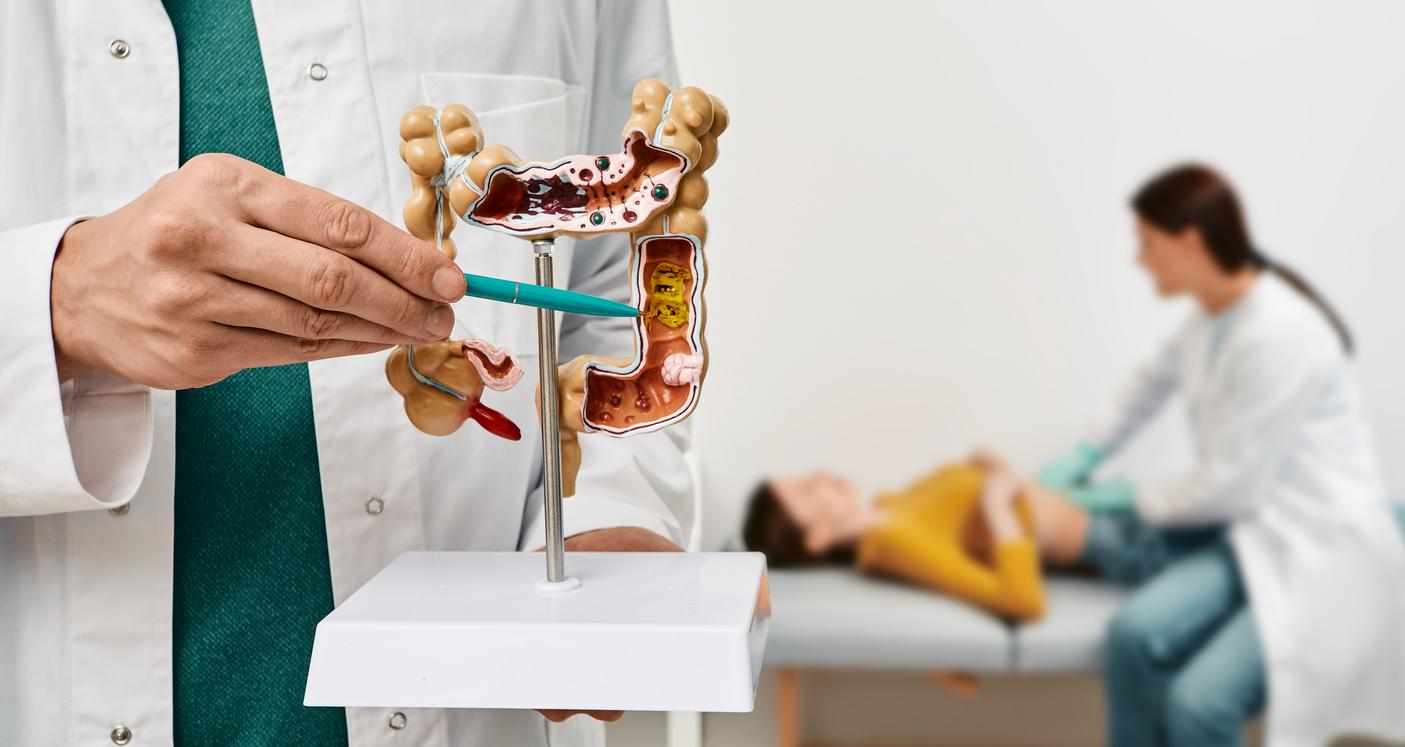The most common form of dwarfism, achondroplasia, affects about one in every 15,000 births. This rare genetic disorder is characterized by abnormal development of the bones of the lower and upper limbs, as well as certain bones in the skull. People with this growth defect are small, no longer than about 135 cm in adulthood. In some more severe forms of the disease, deformities of the skull and vertebrae can lead to neurological and / or orthopedic complications.
Currently, no treatment has been proven to prevent the development of the disease even if some have been tested such as injection of growth hormone or surgical lengthening of the bones, without convincing results. But a team of researchers from Inserm and the University of Nice may have found a new avenue for restoring bone growth.
For three weeks, they injected soluble FGFR3 receptor injections into young mice with dwarfism. The FGFR3 gene (fibroblast growth factor 3) produces a protein known for its role in the regulation of growth. Thanks to these injections of additional receptors, the growth factor became fixed, restoring the growth of bones in the young mice. The latter returned to normal growth and reached average adult height, without any complications or signs of toxicity.
““ The product we tested has a major advantage over those tested in other ongoing studies: its lifespan in the body is long enough not to require daily injections. We could therefore think that the treatment could make it possible, by a simple injection, to avoid surgery in children suffering from achondroplasia or other forms of dwarfism ”explains Elvire Gouze, researcher at Inserm.
Before undertaking clinical studies in humans, Inserm researchers will continue their research and verify the absence of long-term toxicity. They will also see if it is possible to start treatment later, which would increase the number of people who could benefit from it.
















